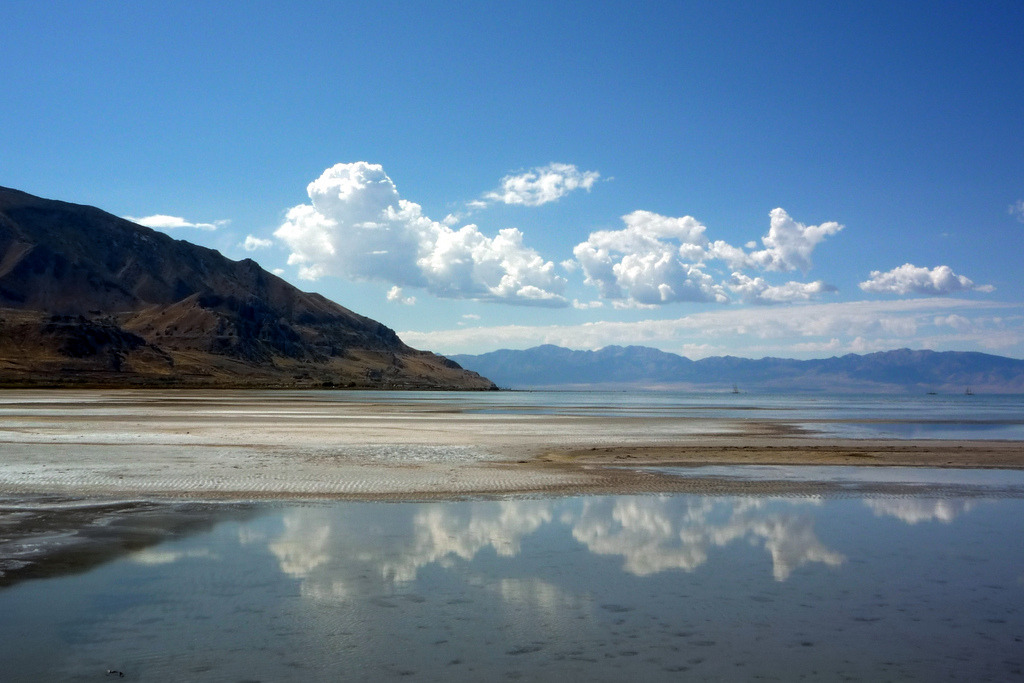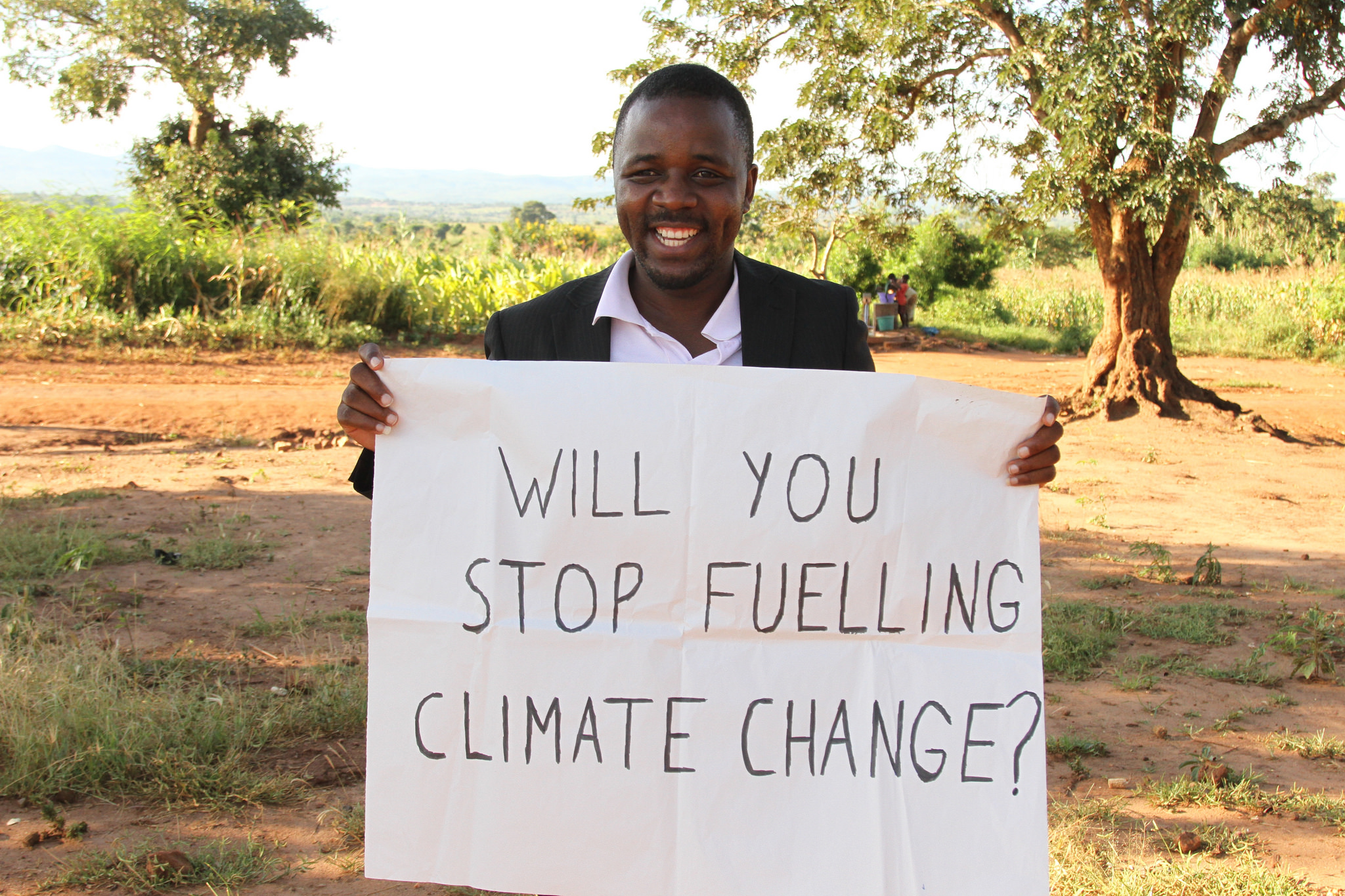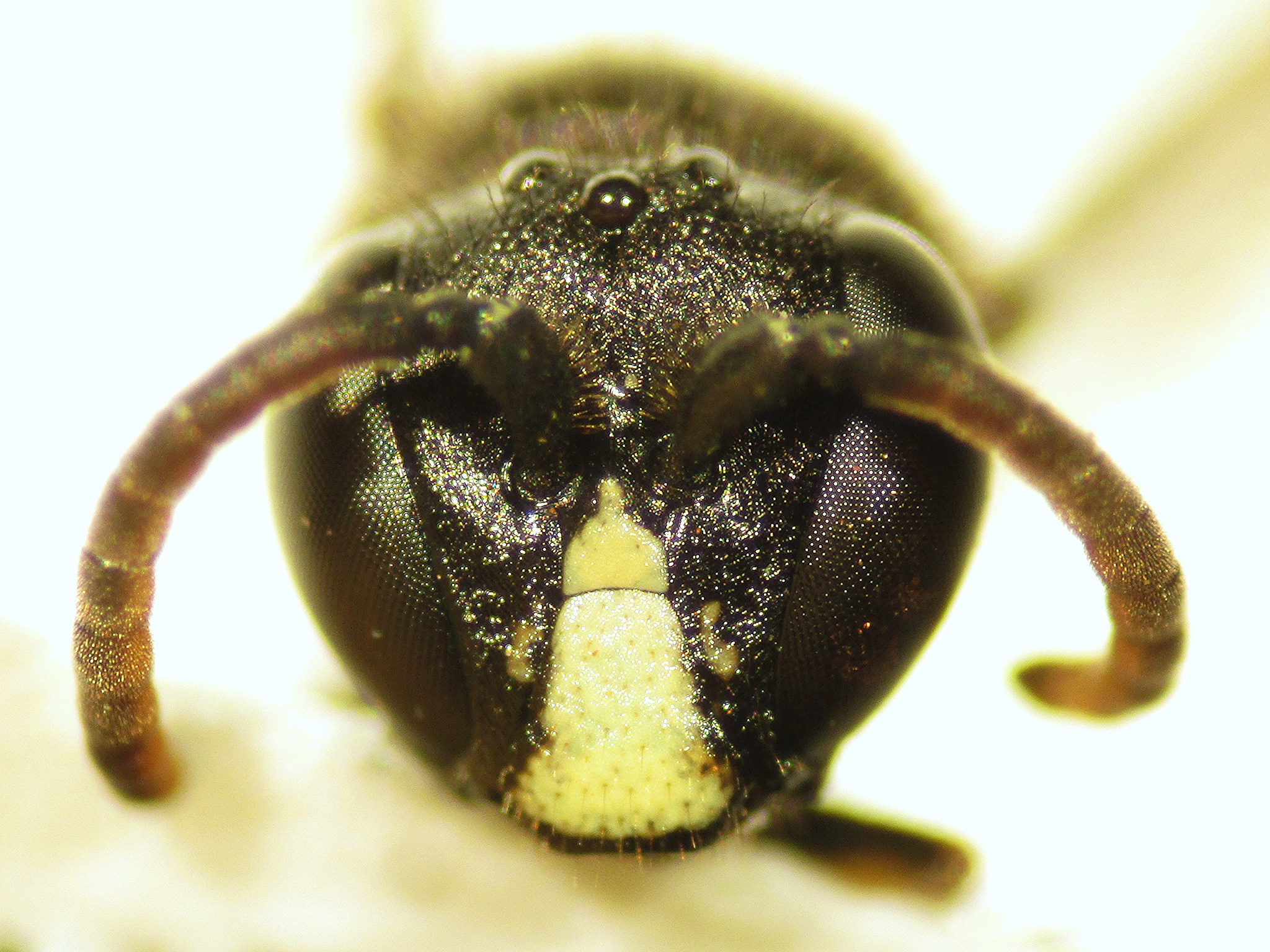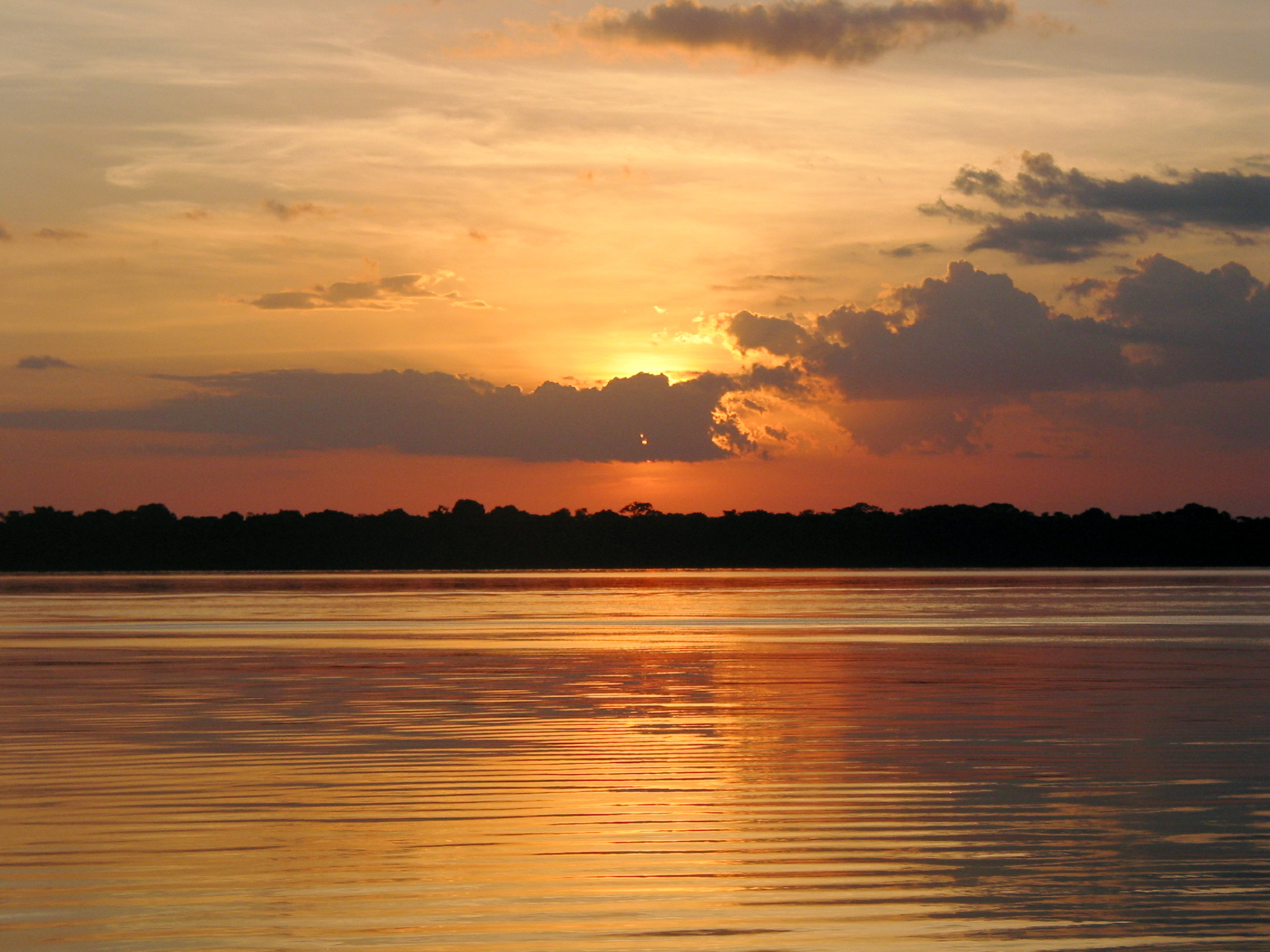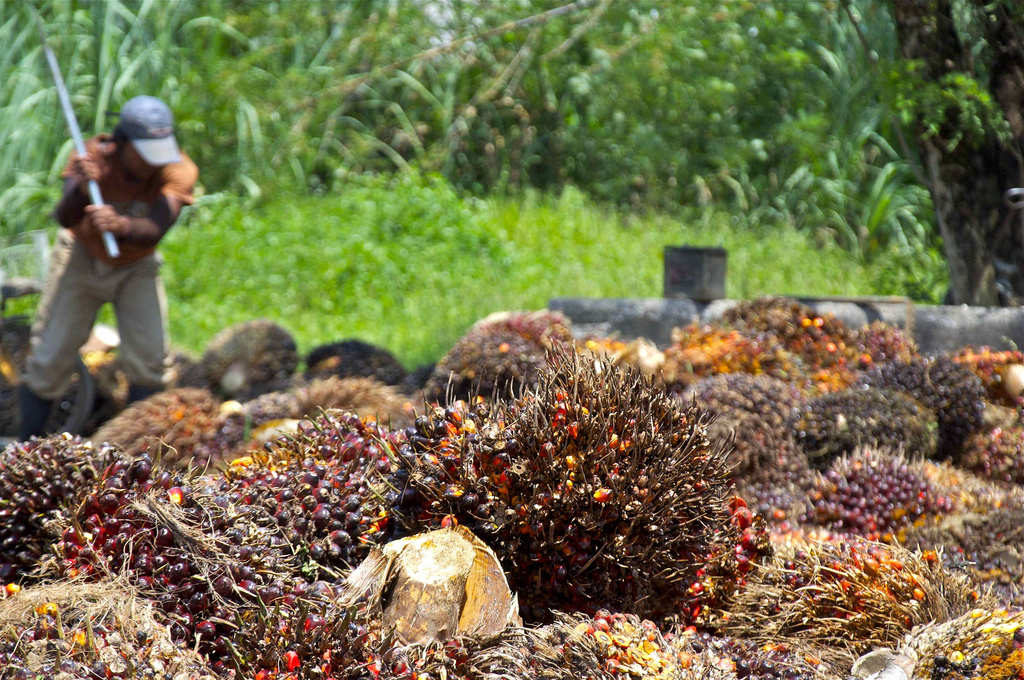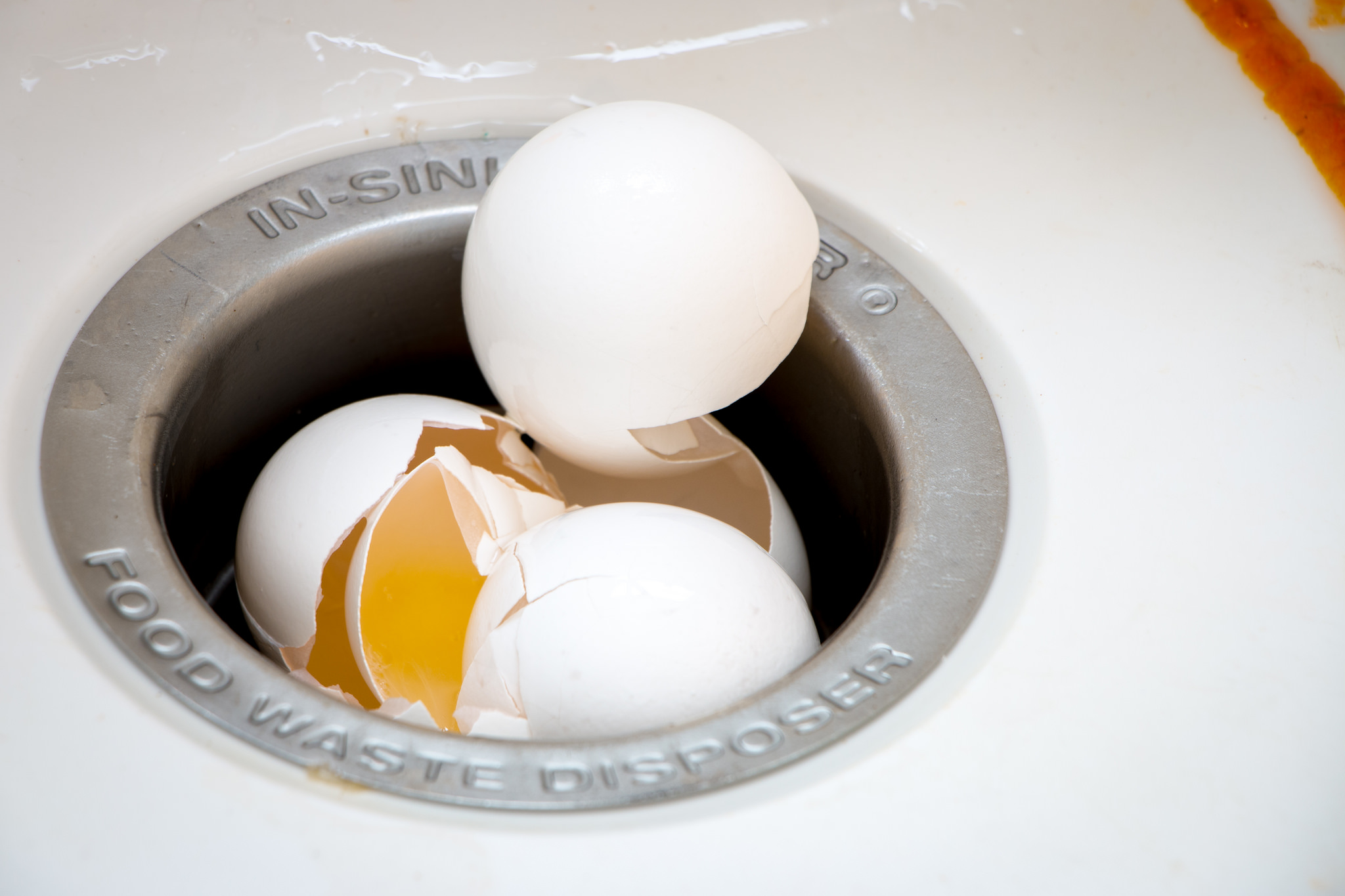Utah’s Great Salt Lake is the largest salt water lake in the Western Hemisphere and is the largest body of water in the United States after the five Great Lakes. When the pioneers first arrived in the area back in the middle of the 19th century, the lake spread across about 1,600 square miles. Now, the lake covers an area of only about 1,050 square miles, a reduction of about 35%.
agriculture
Solar Power And African Food Security
Some of the poorest countries in the world are unfortunately among the most vulnerable to the effects of climate change. Malawi, for example, has 90% of its population in rural areas and 80% of its labor force is associated with agriculture.
Use-By Labels And Food Waste
By some estimates, Americans waste as much as 40% of food that is produced. None of the reasons are anything to be proud of, but one of the most frustrating is the confusing array of food date labels that are supposed to tell us whether the food we purchased should be eaten.
Help Save The Bees
Globally, 40% of invertebrate pollinator species, such as bees and butterflies, are facing extinction. And since approximately three-quarters of the world’s food crops depend on pollination, the decline of these pollinators could pose a threat to food security around the globe.
Restorative Ocean Farming
The conventional aquaculture industry has often been associated with many of the same problems that beset land-based agriculture: creating sterile monocultures, fouling the environment with pesticides, antibiotics and organic pollutants, and spreading diseases.
Saving the Banana
Bananas are the world’s most popular fruit crop, with 130 countries producing over 100 million tons annually. Forty-seven percent of all the bananas grown in the world and ninety-nine percent of all the bananas sold commercially are of one subspecies known as the Cavendish.
Tricks In Our Treats
Halloween is traditionally a day when we choose to ignore the inconvenient truths about candy. Many of us overindulge on sweet treats and give little thought to what’s inside… particularly with respect to nutrition.
Endangered Bees
It’s no secret that pollinators around the world are under threat. According to a U.N. sponsored report released earlier this year, 40% of invertebrate pollinator species, such as bees and butterflies, are facing extinction. And since approximately 75% of the world’s food crops depend on pollination, the decline of these pollinators poses a major threat to food worldwide.
World Deforestation
Forests are a vital part of biodiversity and are one of the planet’s most important natural repositories for carbon dioxide. They are also continually under attack by multiple forces: more mouths to feed, more wood needed to burn and build with, more paper to manufacture, and more land needed to graze cattle.
Is Coffee Endangered?
There are many worries related to climate change, notably the increasing occurrence of extreme weather events, melting polar ice, rising seas, and so forth. But perhaps one of the most ominous warnings comes from a new report issued by the Climate Institute about the future of coffee.
Amazon In Peril
A constitutional amendment being discussed in the Brazilian Senate threatens to set back decades of conservation efforts in the Amazon.
Size Matters
One of the crowning achievements for wildlife protection in the US was the establishment of the National Wildlife Refuge system in the 1930s, when the populations of waterfowl were perilously low. Refuges provided breeding and migratory habitat that has allowed a remarkable recovery of many species of ducks and geese.
Declining Insect Populations
There has been lots of discussion about the decline in bee populations and its dire consequences for agriculture. We have also talked about the efforts to save the monarch butterfly, whose numbers have been dropping dramatically over the years. But the rest of the insect world does not get much attention. For the most part, we think of insects as a nuisance or as potential pests.
What Is Killing Bees?
The declining populations of bees and other pollinators has been a topic of great concern for a number of years. There has not been general agreement on the root cause and, in fact, it appears as though there are multiple causes at play.
Big Changes To Big Poultry
Perdue Farms, the fourth-largest poultry producer in the United States, produces over 60 million pounds of chicken a week. They are arguably the most progressive of the giant poultry companies. Two years ago, they were the first to renounce routine antibiotic use. In late June, they announced a comprehensive animal-welfare plan – the first among large producers – that will change how its chickens are bred, raised and killed.
Cleaning Up The Palm Industry
Few of us cook with palm oil or have ever even seen the stuff. Nevertheless, half of the world’s consumer products include it as an ingredient and the global market for palm oil could be as high as $50 billion. The palm oil industry has been tied to environmental destruction in countries such as Malaysia and Indonesia and has been found to be complicit in human rights violations.
